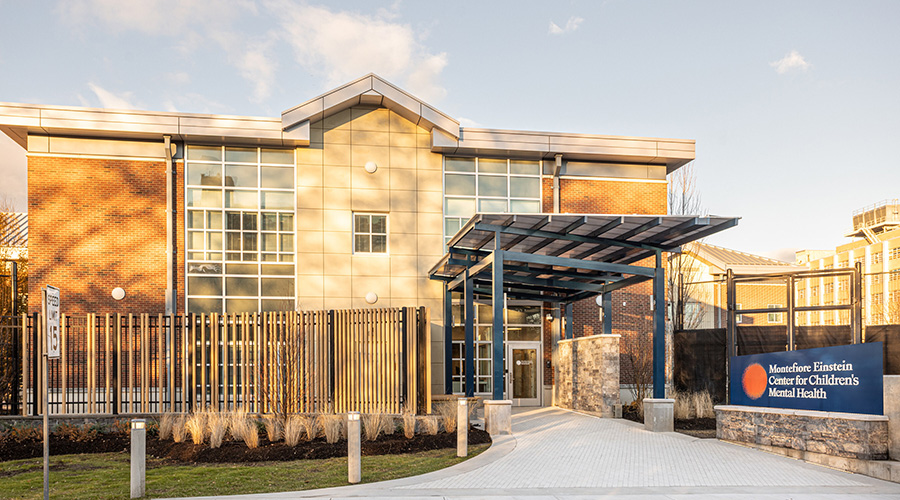Violence now costs U.S. hospitals more than $18 billion a year, according to a recent report from the American Hospital Association (AHA).
The report found that violence has risen nationwide and hasn’t returned to pre-pandemic levels. Hospitals now face millions of emergency room visits and admissions due to violent injuries. Moreover, workplace violence toward healthcare workers is a major contributor.
According to the report, total annual costs amounted to $18.27 billion, with $3.62 billion going towards violence prevention and $14.65 billion being allocated for emergency response.
Related Content: Addressing Workplace Violence in Healthcare with Reporting Systems
Violence isn't just a clinical or human resources issue – it's a building design, infrastructure and safety issue. IMEG, an engineering consultation firm, recommends incorporating ideas from Crime Prevention Through Environmental Design (CPTED), a strategy that utilizes urban planning and design to strengthen safety and ward off crime. This begins with restricting access points throughout the hospital, because specified entrances for the public make it simple for monitoring and screening visitors.
IMEG also says to separate visitor parking lots from ones for employees. Setting up a boundary line for the designated employee parking lot creates a level of protection within the area so they can get to and from their vehicles. In addition, parking lot lighting should be evenly lit as this ensures all spots are equally illuminated, and there are no darker areas where people could easily hide and potentially cause harm.
IMEG suggests restricting access to ambulance delivery areas since this can reduce any confusion. It also makes sure an unauthorized person can’t gain access to the facility through a vulnerable area. In a similar vein, ensure that emergency departments are escapable for employees in case they feel endangered during threatening situations.
Violence isn’t just a security threat – it's an operational and financial one. By integrating safety into the built environment, healthcare facility managers can strengthen both prevention and resilience across their operations.
Jeff Wardon, Jr., is the assistant editor of the facilities market.

 State of the Facilities Management Industry in 2025
State of the Facilities Management Industry in 2025 City of Hope to Open New Cancer Specialty Hospital in California
City of Hope to Open New Cancer Specialty Hospital in California Montefiore Einstein Opening New Inpatient Center for Youth in the Bronx
Montefiore Einstein Opening New Inpatient Center for Youth in the Bronx Skill Stacking: How Micro-Credentials Are Reshaping Trades
Skill Stacking: How Micro-Credentials Are Reshaping Trades Prima Medicine Opens New Location in Tysons, Virginia
Prima Medicine Opens New Location in Tysons, Virginia